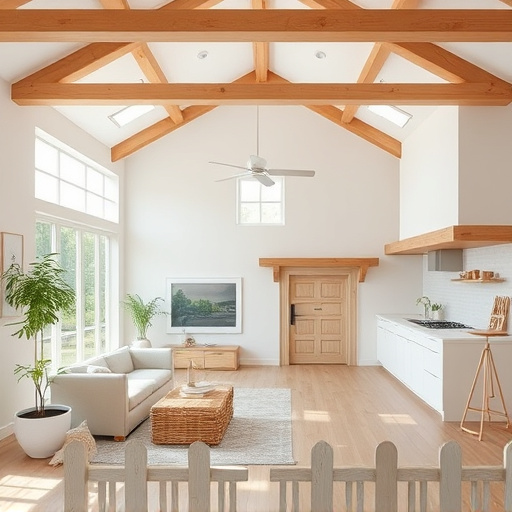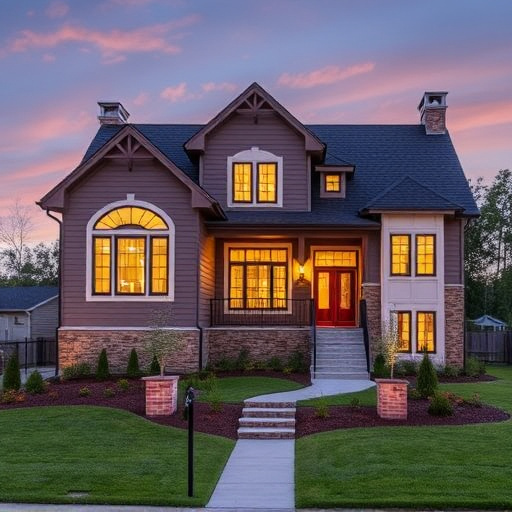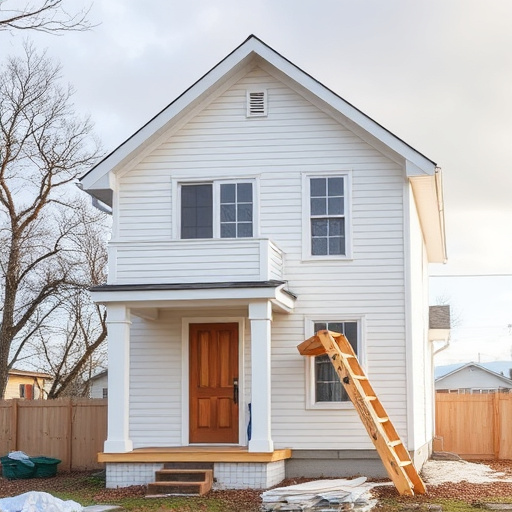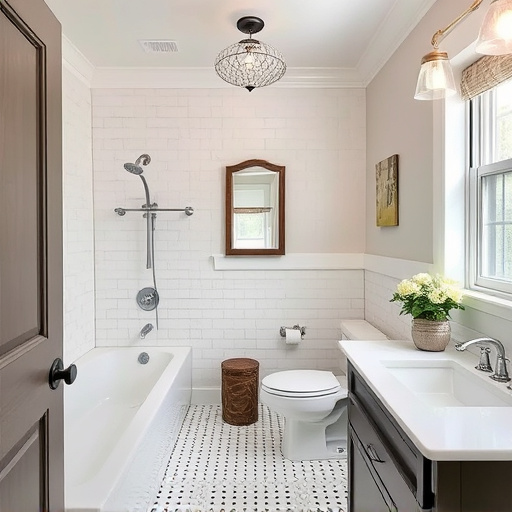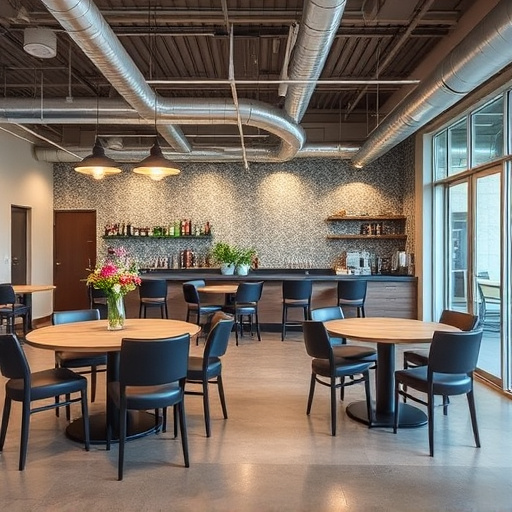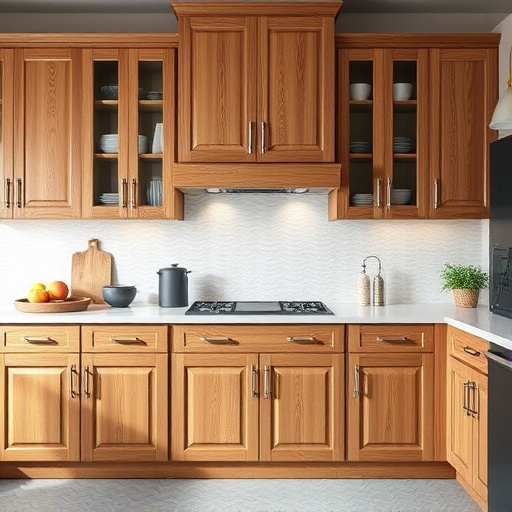Layering rugs and fabrics in design interiors is a powerful technique for creating inviting, dynamic spaces with depth and visual interest. By combining various textiles with contrasting patterns and colors, designers enhance ambiance, define areas, and reflect homeowners' personalities. This method offers practical benefits like warmth and comfort, making spaces more functional while allowing for personalized touches in residential renovations.
“Elevate your design interiors with the art of layering rugs and fabrics—a subtle yet powerful technique adding depth and warmth. This guide explores the fundamentals, offering a comprehensive overview of creating visually appealing, texturally rich spaces. From understanding rug placement to seamlessly integrating fabrics, discover how these elements harmonize with your existing décor. Enhance your design skills and transform your interiors into inviting, cohesive, and stylish oases.”
- Understanding Rug Layers: The Basics
- Fabric Integration for Textural Depth
- Creating Harmony in Design Interiors
Understanding Rug Layers: The Basics
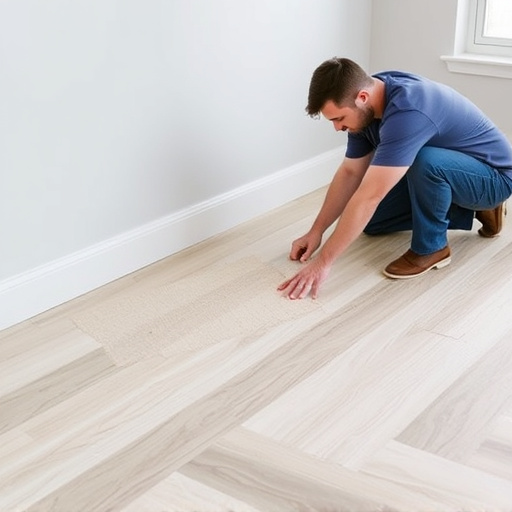
In the realm of design interiors, layering rugs and fabrics is an art that can dramatically transform spaces, creating depth, texture, and a cozy ambiance. This technique involves strategically placing multiple carpets or rugs over one another, along with fabric throws and blankets, to add visual interest and enhance the overall aesthetic. The basics revolve around understanding scale, pattern, and color coordination. Each layer should complement the others, ensuring a harmonious blend that reflects personal style while enhancing the functionality of the space, be it a living room or a kitchen remodel.
In terms of practical application, consider the impact of each layer. For instance, a solid-colored rug under a patterned area rug adds visual balance. Fabric throws can then be used to accent specific areas, such as around a coffee table or at the end of a bed, further enriching the design. This method is particularly effective in kitchen renovations where a large, statement rug beneath multiple smaller rugs (like those under dining chairs) creates a warm and inviting space, contrasting with sleek cabinets and countertops in home transformations.
Fabric Integration for Textural Depth
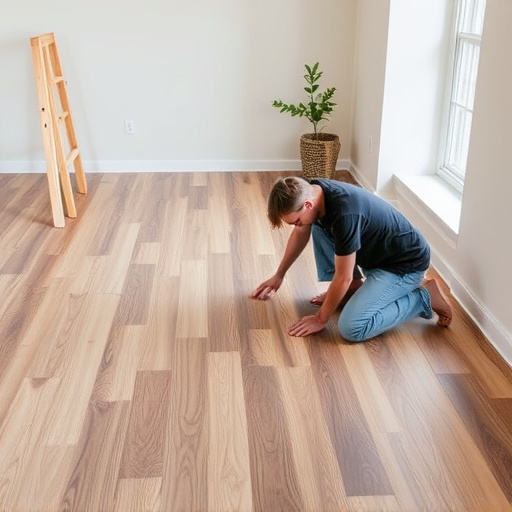
In design interiors, layering rugs and fabrics is a powerful technique to create textural depth and visual interest. By integrating various textiles, from plush carpets to delicate throws, designers can craft an inviting and dynamic space. Each fabric adds a unique dimension, enhancing the overall aesthetic appeal. For instance, combining a solid-colored rug with a patterned throw or accent piece creates contrast and draws the eye, making the room feel more lived-in and cohesive. This layering approach not only elevates the visual experience but also provides practical benefits; different fabrics can offer warmth, comfort, and versatility for various activities within the design interiors setting.
The integration of customized work, such as tailored slipcovers or woven rugs, allows for a personalized touch, catering to specific design preferences and even renovation services. Floor replacements, whether with new carpets or hard flooring, also play a significant role in this layering process. These choices contribute to the overall ambiance, making spaces more inviting and functional. Whether it’s a cozy corner or a grand entrance, fabric integration is a versatile tool for designers aiming to create indelible interior designs.
Creating Harmony in Design Interiors
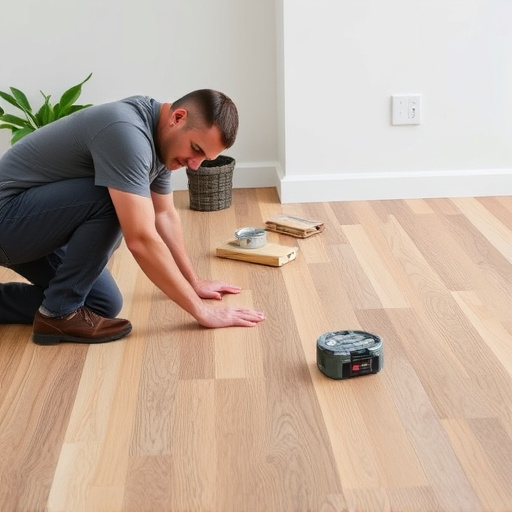
In design interiors, creating harmony involves carefully layering rugs and fabrics to achieve a balanced aesthetic that is both inviting and cohesive. This technique transcends mere decoration; it becomes a tool for defining spaces, establishing visual interest, and enhancing overall ambiance. By weaving together different textures, patterns, and colors, designers can transform plain walls and floors into captivating canvases, reflecting the personality of the inhabitants while complementing the style of the home.
In residential renovations or even customized home renovations, this layering approach is particularly effective in transforming spaces. It allows for a gradual evolution from one aesthetic to another, ensuring that each element contributes to the final design without overwhelming it. Whether focusing on a specific theme or aiming for a more eclectic look, effectively layered rugs and fabrics can elevate a space from ordinary to extraordinary, making them an indispensable consideration in any home transformations.
Layering rugs and fabrics is a powerful tool in enhancing the aesthetics of any design interior. By understanding the basics of rug layering, integrating diverse fabrics for textural depth, and creating harmonious combinations, you can transform spaces into vibrant, inviting environments that reflect your unique style. Incorporating these techniques allows for a dynamic approach to design interiors, ensuring your home or commercial space stands out as a true testament to your creative vision.








